What is the best satin density for bedding?

Most often, satin is used for sewing bed linen. At the same time, a material of a certain density is taken for production. Too thin will be short-lived, and thicker also has some nuances. To determine which material is most suitable, you need to understand its varieties.
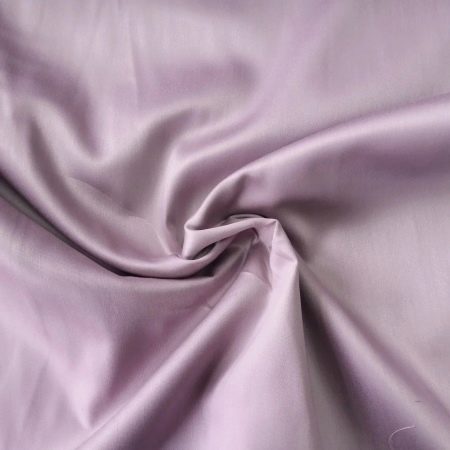
Views
Satin has several varieties. And the material differs in density. According to GOST, this indicator for satin is defined as the number of longitudinal and transverse threads intertwined with each other over an area of 1 sq. cm. There are several types.
-
Plain satin is considered the most common option. This material has a density of 85-130 weaves per square meter. see Material in this category is often mercerized, which gives even greater strength and shine.

- Printed satin is considered denser. It has a density of about 170 weaves per square meter. cm.
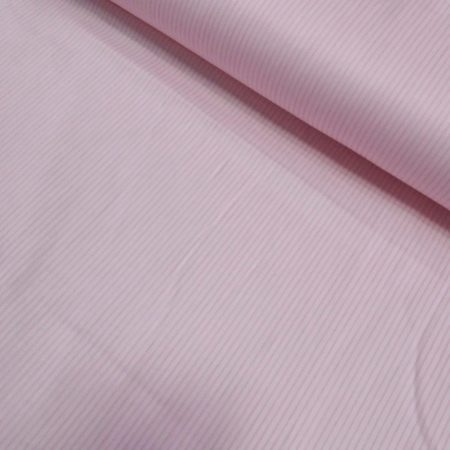
- An even stronger material is called jacquard. Here the number of weaves has been increased to 220 per square meter. cm. This fabric is double-sided, is rightfully considered one of the most durable, and in appearance it is easy to confuse it with a thin tapestry.
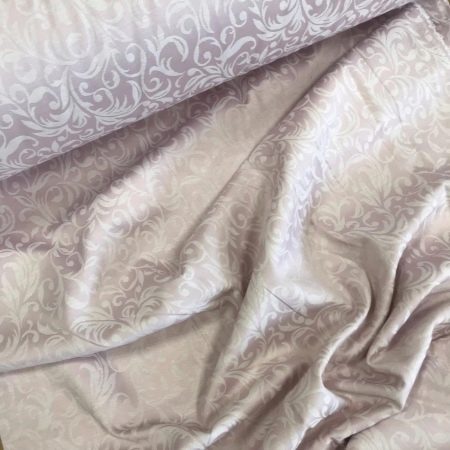
- The most dense of all available is mako satin. Here, the number of weaves of threads exceeds 220 per 1 sq. see High density provides high wear resistance.
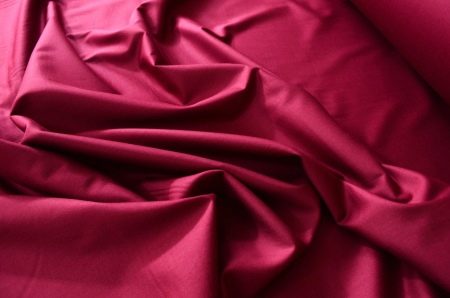
It is impossible to determine what density of satin is the best, since it all depends on the purposes for which it is planned to use this or that material. So, for thin bed linen, ordinary sateen is also quite suitable.
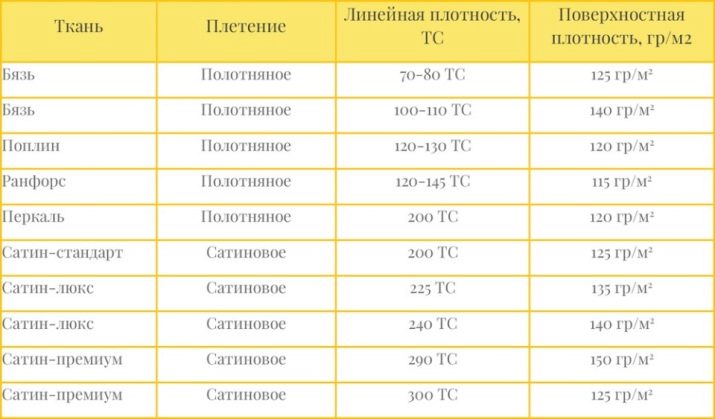
Lovers of high-quality bedding should first of all pay attention to products of medium and high density. In addition to strength, such products are quite bright, which also plays an important role.
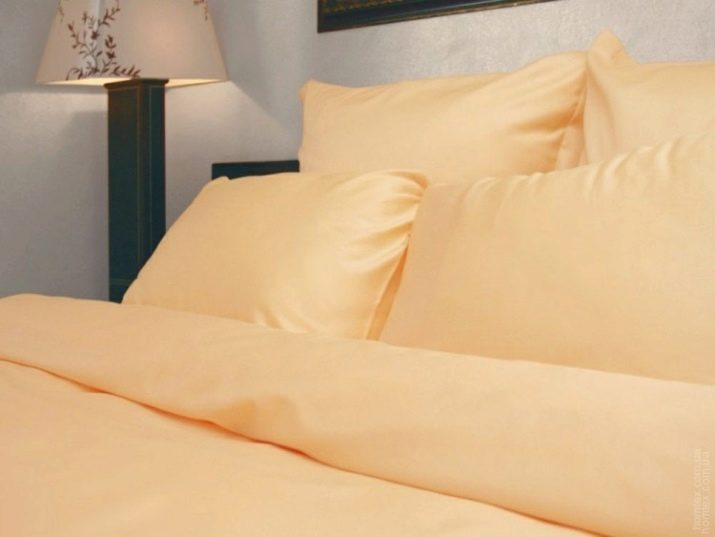
How to choose?
In the selection process, one should focus on the density according to GOST, since not all material of this type is recommended for sewing bed linen. A fabric with a density of at least 140 weaves per square meter is considered optimal for this purpose. cm. It is permissible to use printed satin, as well as jacquard and mako-satin. Products made from ordinary satin are also often found on store shelves. When buying low-density satin bedding sets, it should be borne in mind that they will not last for a long time with intensive use. But at the same time, the cost of such products will be more democratic.
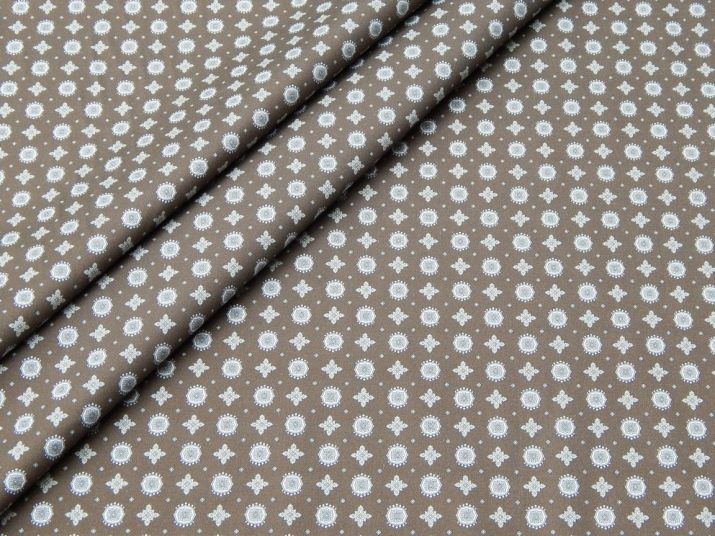
An important point! Sometimes on the packaging, the density of satin is indicated in grams per square meter. In this case, the optimal indicator is 120 g per 1 sq. m.
It is noteworthy that satin belongs to the category of unequal fabrics, since the ratio of warp threads to weft threads is 4: 1. That is why, in order to determine the quality of the material, one should resort to the concepts of linear and areal density.
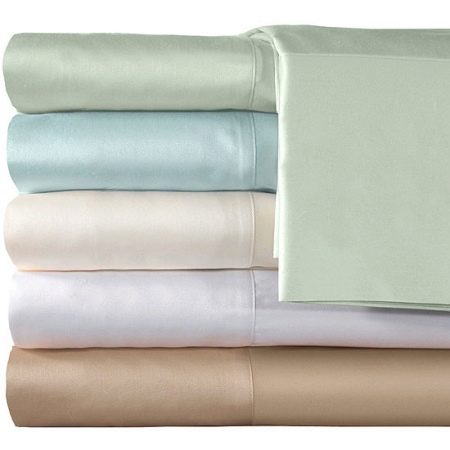
Areal density refers to the mass of the fabric per unit area. The best ratio for good quality bedding is 120-145 g / m2. And linear density is defined as the ratio of the actual presence of warp threads to the possible maximum presence of weft threads. Good ratio of 130 weaves per sq. see When choosing bed linen, these indicators must also be taken into account.









